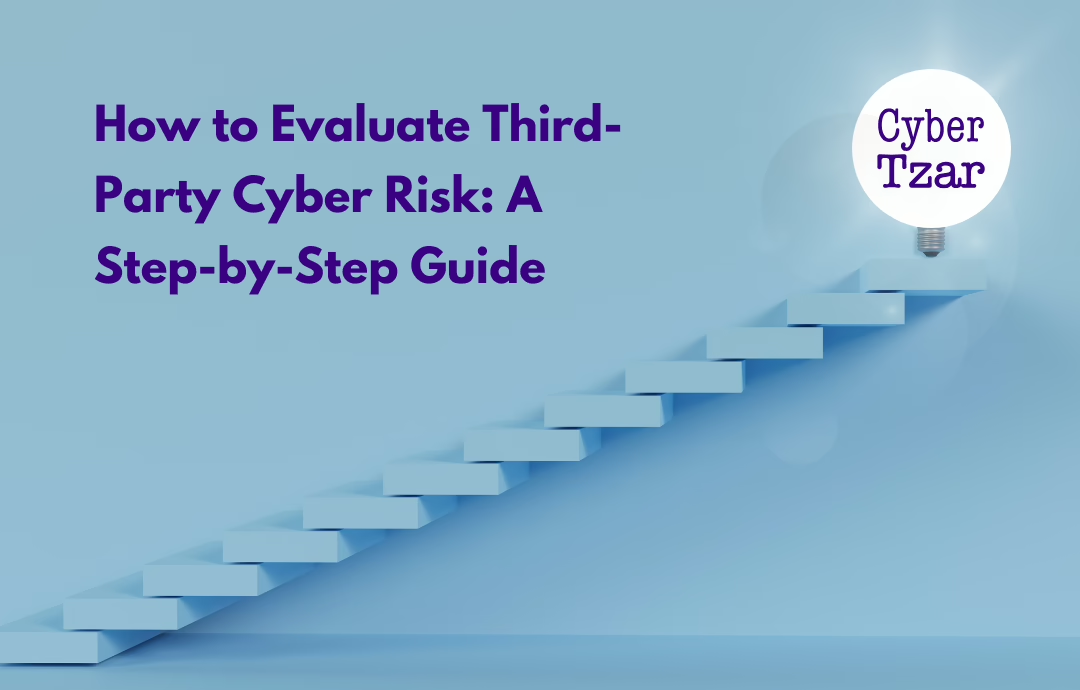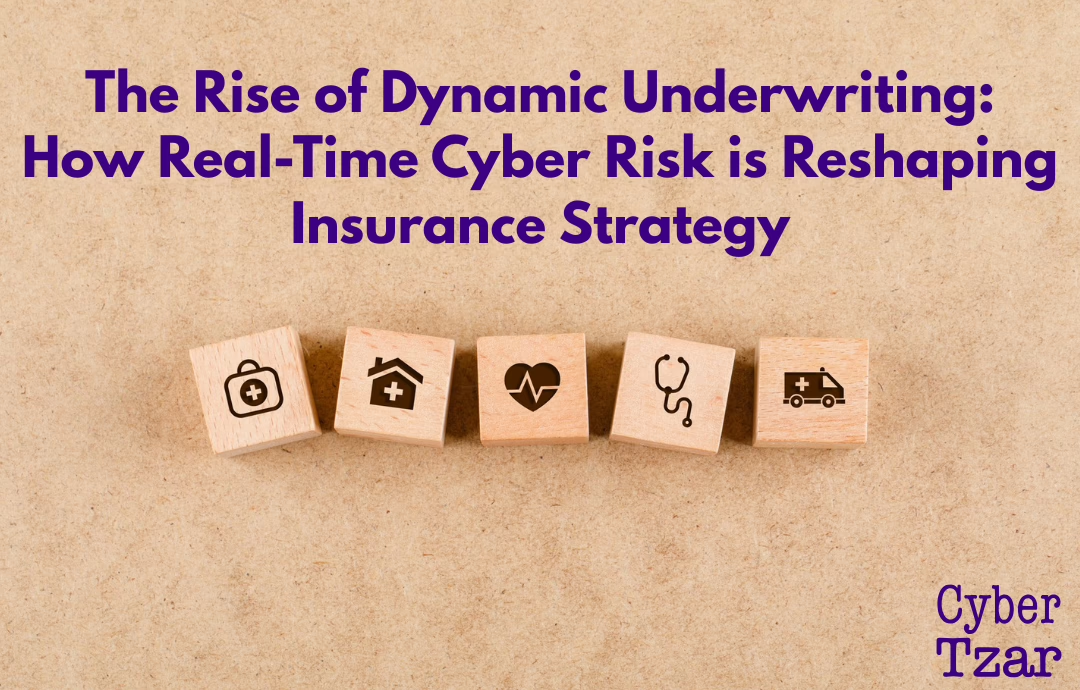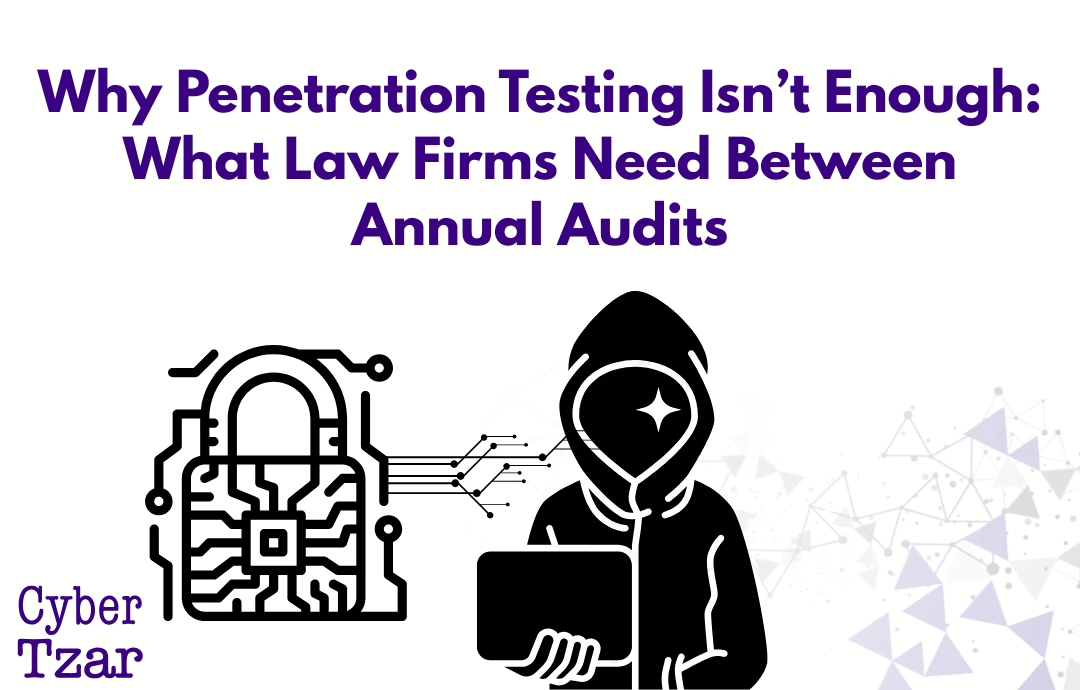Introduction
Organisations are increasingly dependent on third-party suppliers, cloud providers, and service partners to operate efficiently. However, these relationships introduce significant cybersecurity risks, as attackers often exploit weaker links in the supply chain to infiltrate larger organisations.
A single third-party breach can result in data loss, financial penalties, operational downtime, and reputational damage. With supply chain attacks on the rise, businesses must proactively assess and manage third-party cyber risk.
This guide provides a step-by-step approach to evaluating supplier security, ensuring your organisation remains resilient against third-party cyber threats.
1️⃣ Why Third-Party Cyber Risk Matters
📌 62% of data breaches originate from third-party vendors.
📌 Supply chain attacks have increased by 66% in the last year.
📌 Many businesses lack visibility into their suppliers’ security practices.
💡 If a supplier suffers a breach, your business could be impacted—making third-party cyber risk a shared responsibility.
2️⃣ Step-by-Step Guide to Evaluating Third-Party Cyber Risk
🔹 Step 1: Identify & Map Your Third-Party Relationships
Before assessing risk, you need visibility over your supply chain. Many organisations don’t know how many third parties have access to their systems.
Actions:
✔ Create a vendor inventory listing all external suppliers and partners.
✔ Categorise suppliers based on their access to sensitive data and systems.
✔ Prioritise critical suppliers (e.g., cloud providers, payroll processors, software vendors).
💡 Focus your security assessments on vendors that present the highest risk to your business.
🔹 Step 2: Assess Vendor Security Policies & Certifications
A supplier’s cybersecurity posture is often an indicator of how well they protect your data. Look for industry-standard security frameworks.
What to Check:
✔ Cybersecurity Certifications: ISO 27001, NIST, Cyber Essentials, SOC 2.
✔ Data Protection Compliance: GDPR, NIS2, DORA (for financial & regulated industries).
✔ Encryption Standards: How does the supplier encrypt stored and transmitted data?
💡 If a vendor lacks cybersecurity certifications, request detailed security policies.
🔹 Step 3: Evaluate Access Controls & Data Handling Practices
Many third-party breaches occur because suppliers have excessive access to sensitive systems. Restricting permissions can reduce risk.
What to Check:
✔ How much access does the supplier need? (Apply least privilege access principles).
✔ How is customer and company data stored and processed?
✔ Does the vendor follow secure software development practices? (If applicable).
💡 Require suppliers to follow the same security principles as your own organisation.
🔹 Step 4: Assess Incident Response & Business Continuity Plans
If a supplier suffers a cyber attack, will they notify you? Can they recover quickly without disrupting your business?
What to Check:
✔ Does the vendor have an incident response plan?
✔ How quickly do they report cyber incidents? (Immediate vs. after damage occurs).
✔ Do they have business continuity & disaster recovery plans?
💡 A vendor with weak incident response capabilities increases your risk exposure.
🔹 Step 5: Conduct Ongoing Monitoring & Audits
A one-time vendor assessment isn’t enough. Cyber threats evolve, and supplier security must be continuously monitored.
Actions:
✔ Conduct regular security audits on high-risk suppliers.
✔ Use automated risk monitoring tools to detect security vulnerabilities.
✔ Require annual security attestations from suppliers.
💡 Cyber risk management is an ongoing process—continuous monitoring is key.
3️⃣ How to Reduce Third-Party Cyber Risk in Your Supply Chain
✅ 1. Implement Contractual Security Requirements
- Require cybersecurity clauses in all vendor agreements.
- Mandate security compliance certifications for critical suppliers.
- Ensure vendors follow regular security testing (penetration testing, vulnerability scans).
✅ 2. Use Multi-Factor Authentication (MFA) for Third-Party Access
- Restrict access to only necessary systems and data.
- Apply role-based access control (RBAC) to third-party accounts.
✅ 3. Secure API & Data Integrations
- Enforce strong authentication on APIs.
- Use encryption for data exchanges with third-party services.
- Monitor API logs for unusual activity.
✅ 4. Establish a Third-Party Risk Management Programme
- Assign a dedicated team or individual to oversee vendor security.
- Use third-party risk management tools to automate supplier assessments.
- Create a response plan for third-party breaches (how to isolate, contain, and respond).
💡 A strong supplier risk management strategy can prevent costly supply chain attacks.
Final Thoughts: Proactive Third-Party Cyber Risk Management is Essential
Businesses can no longer afford to trust suppliers blindly. As cyber threats become more sophisticated, organisations must evaluate, monitor, and enforce security standards across their supply chain. A weak supplier can become a major security liability—so ensuring third-party resilience is crucial.
🔹 Key Takeaways for Businesses:
✔ Supply chain attacks are increasing—third-party risk must be actively managed.
✔ Cybersecurity assessments should be built into supplier onboarding and renewals.
✔ Ongoing risk monitoring is essential—one-time assessments are not enough.
✔ Clear security contracts, strong access controls, and vendor transparency reduce risk.
By implementing a structured approach to supplier security, organisations can reduce risk exposure, prevent supply chain breaches, and build a more resilient business ecosystem.
📢 What’s Next?
💡 Next in the series: “NIST, DEFSTAN & Cyber Essentials: Which Framework is Right for You?” (w/c 7 April).
Would you like a third-party cyber risk assessment for your suppliers? Get in touch today. 🚀



